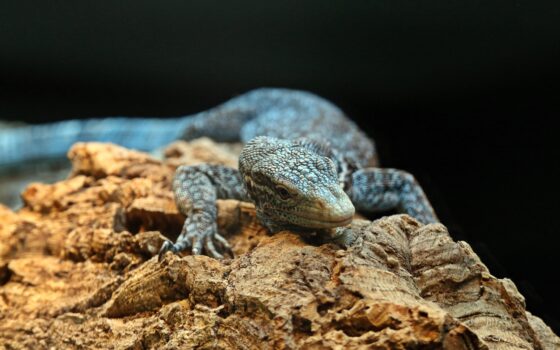DISTRIBUTION AND HABITAT
South America. Mangrove thickets, swamps, areas around the coastal islands of the Atlantic Ocean.
BEHAVIOUR
Basking in the sun in summer, in the morning and afternoon hours, helps to maintain an optimal body temperature. In winter, it is most active only on sunny days.
DIET
Water snails, fish, amphibians, reptiles. The wide mouth of this species makes it easier to crush the shells of mollusks.
REPRODUCTION
The female lays 20 to 50 eggs in two layers separated by vegetation. This has the effect of creating a slight difference in the temperature of the nest. The sex of the embryos depends on the temperature during incubation.
GOOD TO KNOW
Threats to the species: environmental degradation, construction of large dams at hydropower plants, illegal hunting.
- Latin name: Caiman latirostris
- IUCN –Red List – LC – least concern
- CITES – Appendix I and Appendix II (concerns the population in Argentina)



This animal does not have a sponsor yet. You can become one.











